Sound of music
- POSTED ON: 29 Jun, 2020
- TOTAL VIEWS: 1544 Views
- POSTED BY: Archana Subramanian
- ARTICLE POINTS: 150 Points
India’s rich cultural heritage has also given us some of the most unique musical instruments. Here are eight unique musical instruments you’ll see only in India. Read all about them and then look for these instruments in the grid given.
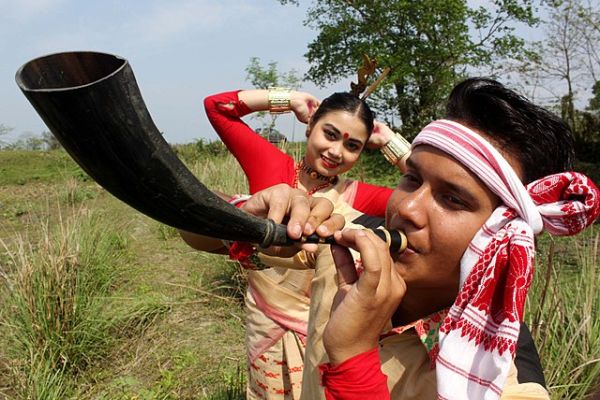
Pepa: A hornpipe instrument, it is made from the horn of a buffalo. Its origin lies in Assam and is extensively used during the Bihu dance. It is also known as Pempa, Xuri, Singra and Pepati.
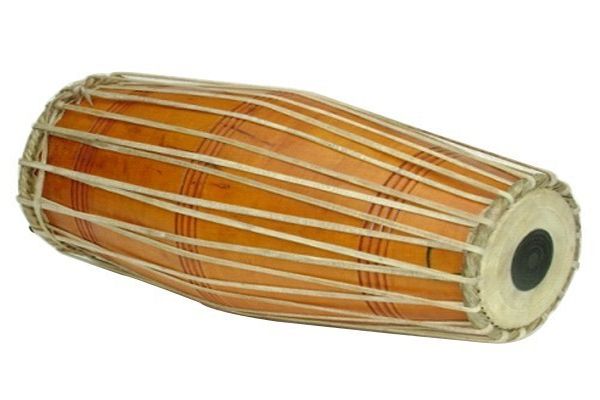
Pakhawaj: A barrel-shaped, two-headed drum, it is also known as the mridang. A look-alike of the dholak, it’s tuned in the same way as a tabla. A percussion instrument, the pakhawaj has a mellow tone and is used as an accompaniment with different forms of music and dance performances.
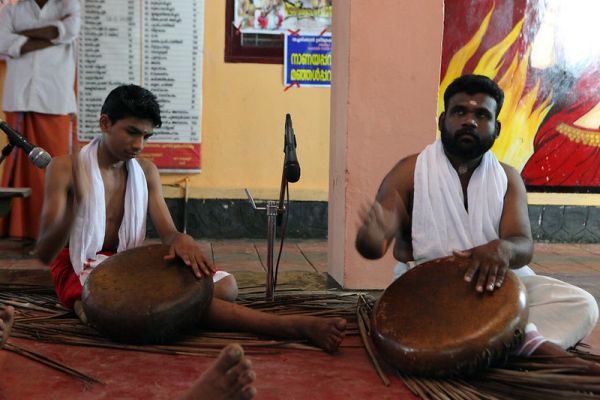
Padayani Thappu: It is a drum with wooden rims and leather walls on one side. Played by hand, it is used during a ritual dance of Kerala and the thappu is used as an accompaniment.

Algoza: A local instrument, it is found in Punjab and Rajasthan. It has been adopted by Sindhi and Balochi musicians and is used in the genres of Jugni, Jind Mahi and Mirza. It looks like two flutes combined and is played by using three fingers on each side.
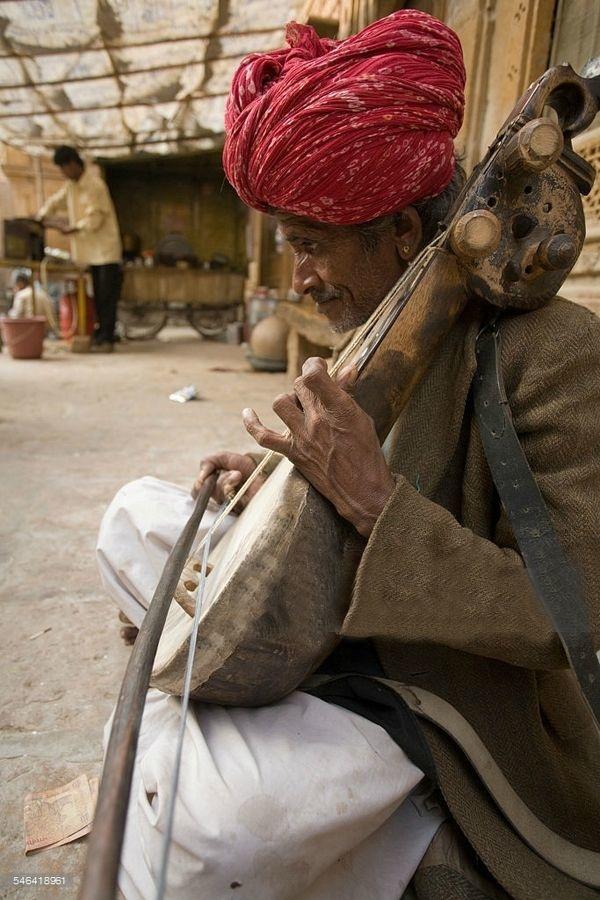
Sursingar: An instrument that is similar to the sarod and the name means adding to the beauty of melody. It is larger than the sarod and produces a deeper sound as it is made from wood or leather.
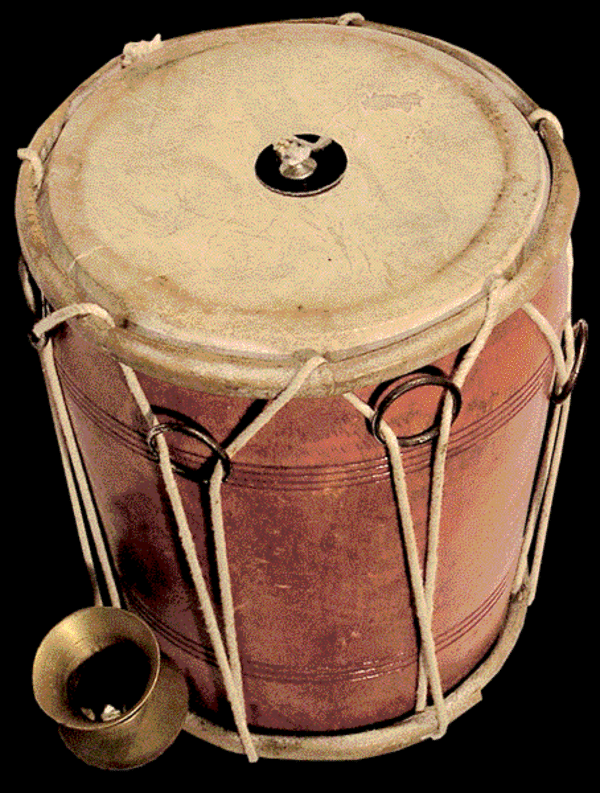
Gubguba: A percussion string instrument, it has a dried gourd or a wooden resonator through which a gut string is attached. Its body is held by the player while playing and a string is plucked by a plectrum in the other hand.
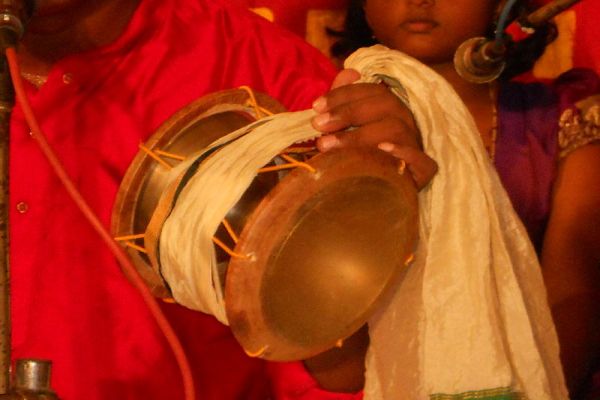
Udukai: A membranophone instrument from Tamil Nadu, it is used by folk musicians and is similar to other Indian hourglass drums. It has a small noose stretched over one side. The udakai is played with the hand, In fact, the damru that Lord Shiva holds in his hands is also referred to as udukai.
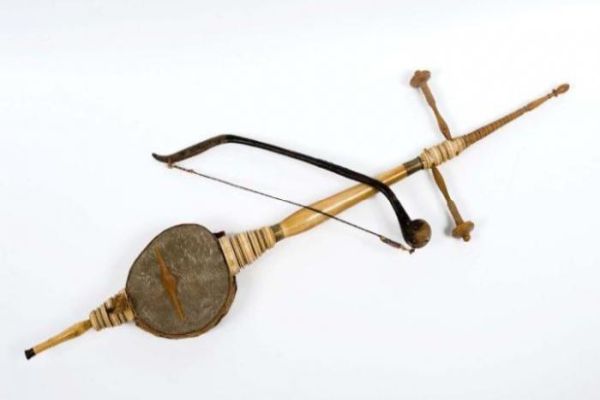
Ravanahatha: This instrument is believed to have its origin among the Hela people of Sri Lanka during the reign of King Ravana. It is an ancient stringed instrument and is known as the ancestor of the violin.